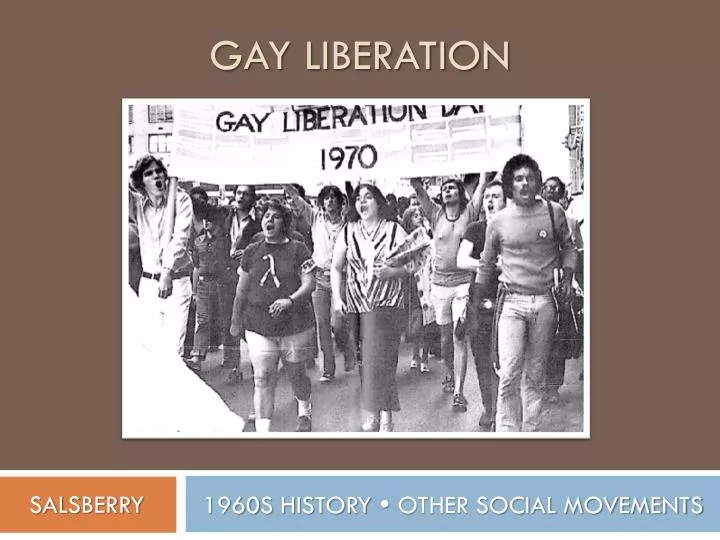
I suppose it might be an attempt at visually articulating Bookchin’s fusion of Marxism and ecology into a new anarchist vision, but that feels like a real reach.

There are no visual elements at all except the coloring of the title, and then there is no clarity as to the choice of red and green. On first glance the Bookchin cover (designed by Erika Hamburg) is unremarkable, but the more I look at it, the more inscrutable it becomes.

The portrait is frontal, but his eyes are a bit shifty, and there are none of the flowers and city-scape that litter the cover to Soul on Ice.įollowing Cleaver, the two covers I see a lot are for Murray Bookchin’s Post-Scarcity Anarchism (1975) and Harold Jacob’s Weatherman (1970). It feels more honest, more polarizing like Cleaver was as an actual figure. The titling is bolder, and Cleaver’s face set in the background is more direct and confrontational. While the cover for Soul on Ice is much more well-known, I definitely prefer Post-Prison‘s design. A year later, in 1969, Cleaver’s Post-Prison Writings were also published. It also appears to be one of the first books Ramparts published (a couple edited collections by the editors of the mag seem to have appeared a bit earlier). Originally written in Folsom Prison and published in parts in Ramparts Magazine, on his release in 1968 Cleaver got a job writing for Ramparts and Soul on Ice was quickly published in book form. I have no idea who MEAT is, but the graphic could sit comfortably next to early work by Rubert Garcia, Malaquias Montoya, Juan Fuentes, or any of the Bay Area printmakers of that era.Ĭertainly the most popular and enduring of Ramparts Press output is Soul on Ice by Eldridge Cleaver. I’ve always loved the cover, designed by someone using the pseudonym MEAT (!), which falls right into the visual trajectory of Chicano printmaking. As far as I can tell, the book has long been out of print, and although you can find copies online, the only one I’ve ever seen in a used bookstore is the one I bought a decade ago in SF (at Dog Eared I believe, back when they were cheap!). Los Siete were a group of seven Chicano youth, mostly activist college students, framed for the shooting of a police officer in San Francisco. While a fair amount of information about the Ramparts magazine is available (see here), I’ve found very little about the book publishing wing, and I have little knowledge about who the editors were, who decided on design, etc, etc.īefore I was noticing publishers much, I stumbled upon a copy of Majorie Heins’ Strictly Ghetto Property, which is a great, and possibly the only, history of Los Siete de la Raza. They published at least double this amount, likely even more. To that end, this is hardly the complete output of Ramparts Press, but a dozen covers I’ve found over the years. I’m going to try to be a little less complete-ist than I’ve been in the past, hopefully making these posts a bit easier to compile.


 0 kommentar(er)
0 kommentar(er)
